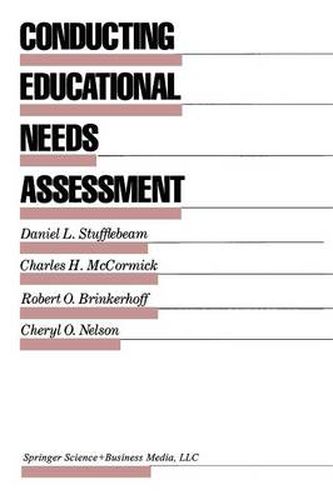Readings Newsletter
Become a Readings Member to make your shopping experience even easier.
Sign in or sign up for free!
You’re not far away from qualifying for FREE standard shipping within Australia
You’ve qualified for FREE standard shipping within Australia
The cart is loading…






This title is printed to order. This book may have been self-published. If so, we cannot guarantee the quality of the content. In the main most books will have gone through the editing process however some may not. We therefore suggest that you be aware of this before ordering this book. If in doubt check either the author or publisher’s details as we are unable to accept any returns unless they are faulty. Please contact us if you have any questions.
What goals should be addressed by educational programs? What priorities should be assigned to the different goals? What funds should be allocated to each goal? How can quality services be maintained with declining school enrollments and shrinking revenues? What programs could be cut if necessary? The ebb and flow of the student population, the changing needs of our society and the fluctuation of resources constantly impinge on the education system. Educators must deal with students, communities, and social institutions that are dynamic, resulting in changing needs. It is in the context of attempting to be responsive to these changes, and to the many wishes and needs that schools are asked to address, that needs assessment can be useful. Needs assessment is a process that helps one to identify and examine both values and information. It provides direction for making decisions about programs and resources. It can include such relatively objective procedures as the statistical description and analysis of standardized test data and such subjective procedures as public testimony and values clarification activities. Needs assessment can be a part of community relations, facilities planning and consolidation, program development and evaluation, and resource allocation. Needs assessment thus addresses a xiii XIV PREFACE broad array of purposes and requires that many different kinds of procedures be available for gathering and analyzing information. This book was written with this wide variation of practices in mind.
$9.00 standard shipping within Australia
FREE standard shipping within Australia for orders over $100.00
Express & International shipping calculated at checkout
This title is printed to order. This book may have been self-published. If so, we cannot guarantee the quality of the content. In the main most books will have gone through the editing process however some may not. We therefore suggest that you be aware of this before ordering this book. If in doubt check either the author or publisher’s details as we are unable to accept any returns unless they are faulty. Please contact us if you have any questions.
What goals should be addressed by educational programs? What priorities should be assigned to the different goals? What funds should be allocated to each goal? How can quality services be maintained with declining school enrollments and shrinking revenues? What programs could be cut if necessary? The ebb and flow of the student population, the changing needs of our society and the fluctuation of resources constantly impinge on the education system. Educators must deal with students, communities, and social institutions that are dynamic, resulting in changing needs. It is in the context of attempting to be responsive to these changes, and to the many wishes and needs that schools are asked to address, that needs assessment can be useful. Needs assessment is a process that helps one to identify and examine both values and information. It provides direction for making decisions about programs and resources. It can include such relatively objective procedures as the statistical description and analysis of standardized test data and such subjective procedures as public testimony and values clarification activities. Needs assessment can be a part of community relations, facilities planning and consolidation, program development and evaluation, and resource allocation. Needs assessment thus addresses a xiii XIV PREFACE broad array of purposes and requires that many different kinds of procedures be available for gathering and analyzing information. This book was written with this wide variation of practices in mind.